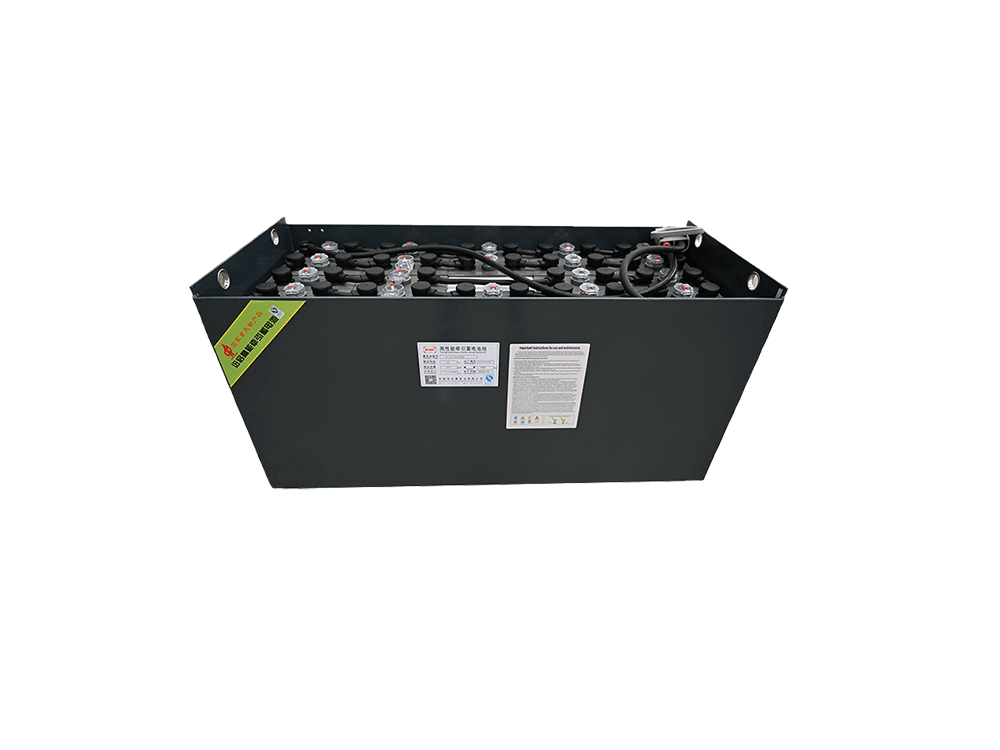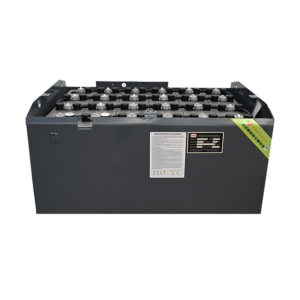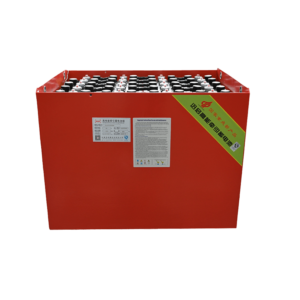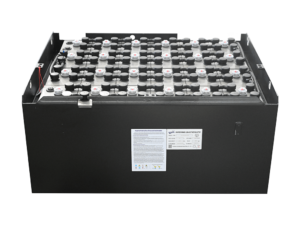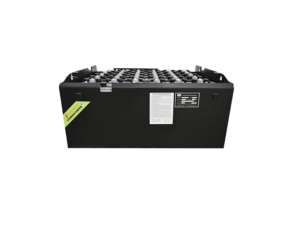Lead-acid traction batteries have been widely used in various industries for many years. These batteries provide a reliable and efficient source of power for electric vehicles, forklifts, golf carts, and other applications. In this article, we will explore the longevity of lead-acid traction batteries, discussing their lifespan, factors that influence their longevity, maintenance tips, and the future of this technology.
Table of Contents
Introduction
Lead-acid traction batteries are a type of rechargeable battery that uses a combination of lead plates and sulfuric acid to store and release electrical energy. These batteries are known for their durability, affordability, and high discharge rates, making them ideal for applications that require frequent and high-power cycles.
Lifespan of Lead-acid Traction Batteries
The average lifespan of lead-acid traction batteries can vary depending on several factors. However, with proper maintenance and care, these batteries can last for a significant period. On average, a well-maintained lead-acid battery can provide reliable service for five to seven years.
Factors Affecting Battery Lifespan
Several factors influence the longevity of lead-acid traction batteries:
- Usage patterns: The frequency and depth of discharge cycles impact the battery’s lifespan. Frequent deep discharges can reduce the battery’s overall life.
- Charging techniques: Proper charging techniques, such as avoiding overcharging and using appropriate charging voltages, can help extend the battery’s lifespan.
- Temperature: High temperatures can accelerate battery aging, while extremely low temperatures can reduce the battery’s capacity. Maintaining the battery within the recommended temperature range is crucial for maximizing its longevity.
- Maintenance: Regular maintenance, including cleaning, inspections, and proper watering, is essential to ensure optimal performance and extend the battery’s lifespan.
Maintaining Lead-acid Traction Batteries
To maximize the longevity of lead-acid traction batteries, regular maintenance is crucial. Here are some key maintenance tips:
Regular Inspections and Cleanings
Perform regular visual inspections of the battery, checking for any signs of damage or corrosion. Clean the battery terminals and connectors to prevent buildup and ensure proper electrical contact.
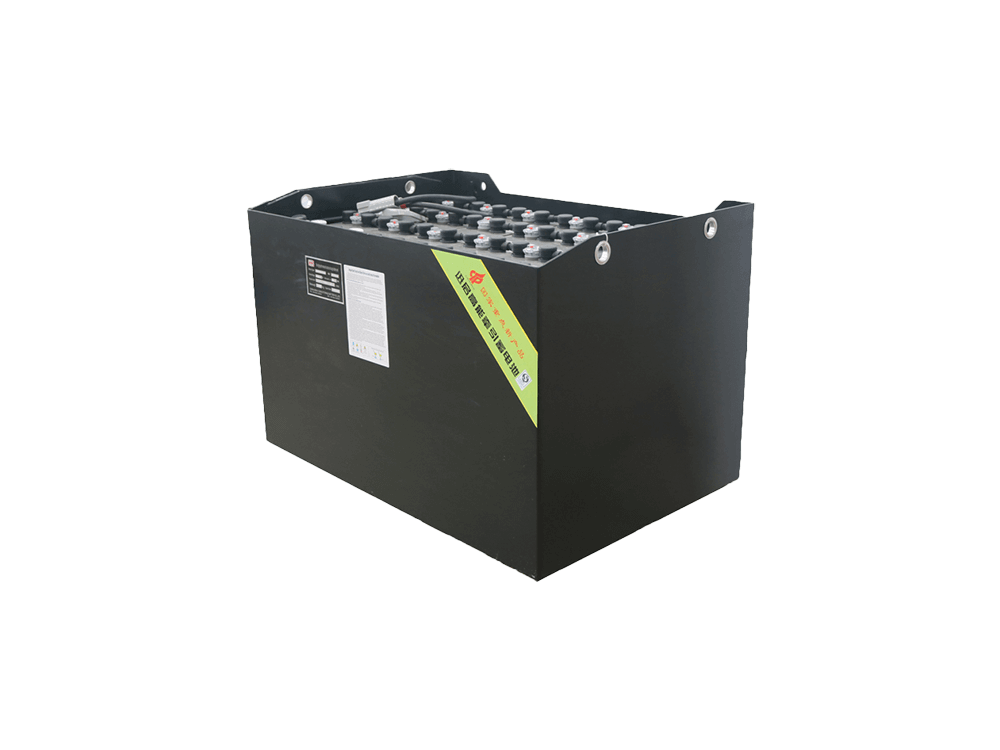
Proper Charging Techniques
Follow the manufacturer’s guidelines for charging the battery. Avoid overcharging or undercharging, as both can have negative effects on the battery’s lifespan.
Temperature Considerations
Store and operate the battery within the recommended temperature range. Extreme temperatures can reduce the battery’s capacity and shorten its lifespan.
Watering and Electrolyte Levels
Check the water levels and electrolyte specific gravity regularly. Maintain the appropriate electrolyte levels by adding distilled water when necessary, ensuring the plates are adequately submerged.
Extending Battery Longevity
Besides regular maintenance, several practices can help extend the longevity of lead-acid traction batteries:
Equalization Charging
Periodically perform equalization charging to balance the cells and remove sulfation, which can improve battery performance and increase its lifespan.
Preventing Overcharging and Deep Discharging
Avoid overcharging the battery, as it can cause damage and reduce its overall lifespan. Similarly, deep discharging should be avoided whenever possible, as it can lead to accelerated battery aging.
Avoiding Extreme Temperatures
Protect the battery from extreme temperatures, as they can negatively impact its performance and longevity. If possible, store the battery in a temperature-controlled environment.
The Future of Lead-acid Traction Batteries
As technology continues to advance, lead-acid traction batteries are expected to evolve as well. Manufacturers are investing in research and development to enhance the performance, lifespan, and efficiency of these batteries. Newer variants, such as absorbent glass mat (AGM) and gel batteries, offer improved characteristics and are becoming popular alternatives to traditional flooded lead-acid batteries.
Conclusion
Lead-acid traction batteries have proven to be reliable and cost-effective power sources for a wide range of applications. By understanding the factors that influence battery longevity and following proper maintenance practices, users can maximize the lifespan of these batteries and ensure optimal performance throughout their usage.
FAQs
Q1: Can I use a lead-acid traction battery in extreme weather conditions?
A1: Lead-acid traction batteries perform best within a specific temperature range. Extreme temperatures can affect their performance and lifespan. It’s advisable to store and operate the batteries within the manufacturer’s recommended temperature range.
Q2: How often should I check the water levels in a lead-acid traction battery?
A2: Regularly check the water levels in lead-acid traction batteries, ideally once a month. Ensure the plates are adequately submerged and add distilled water if necessary to maintain the recommended electrolyte levels.
Q3: Can overcharging a lead-acid traction battery damage it?
A3: Yes, overcharging a lead-acid traction battery can damage its internal components and reduce its overall lifespan. It’s crucial to follow the manufacturer’s guidelines for charging the battery and avoid overcharging.
Q4: What is equalization charging, and why is it important?
A4: Equalization charging is a process that balances the charge across all cells in a lead-acid traction battery. It helps remove sulfation and ensures the battery’s cells have equal capacities. Regular equalization charging can improve battery performance and increase its lifespan.
Q5: Are there any alternatives to traditional flooded lead-acid traction batteries?
A5: Yes, there are alternative lead-acid traction batteries available, such as absorbent glass mat (AGM) and gel batteries. These variants offer improved characteristics and are suitable for specific applications where traditional flooded batteries may not be ideal.
For any further assistance or information, feel free to contact:
Shanghai Zhongsheng Industrial Co., Ltd
Website: zospower.com
Phone: +86-15026665707
Email: [email protected]
